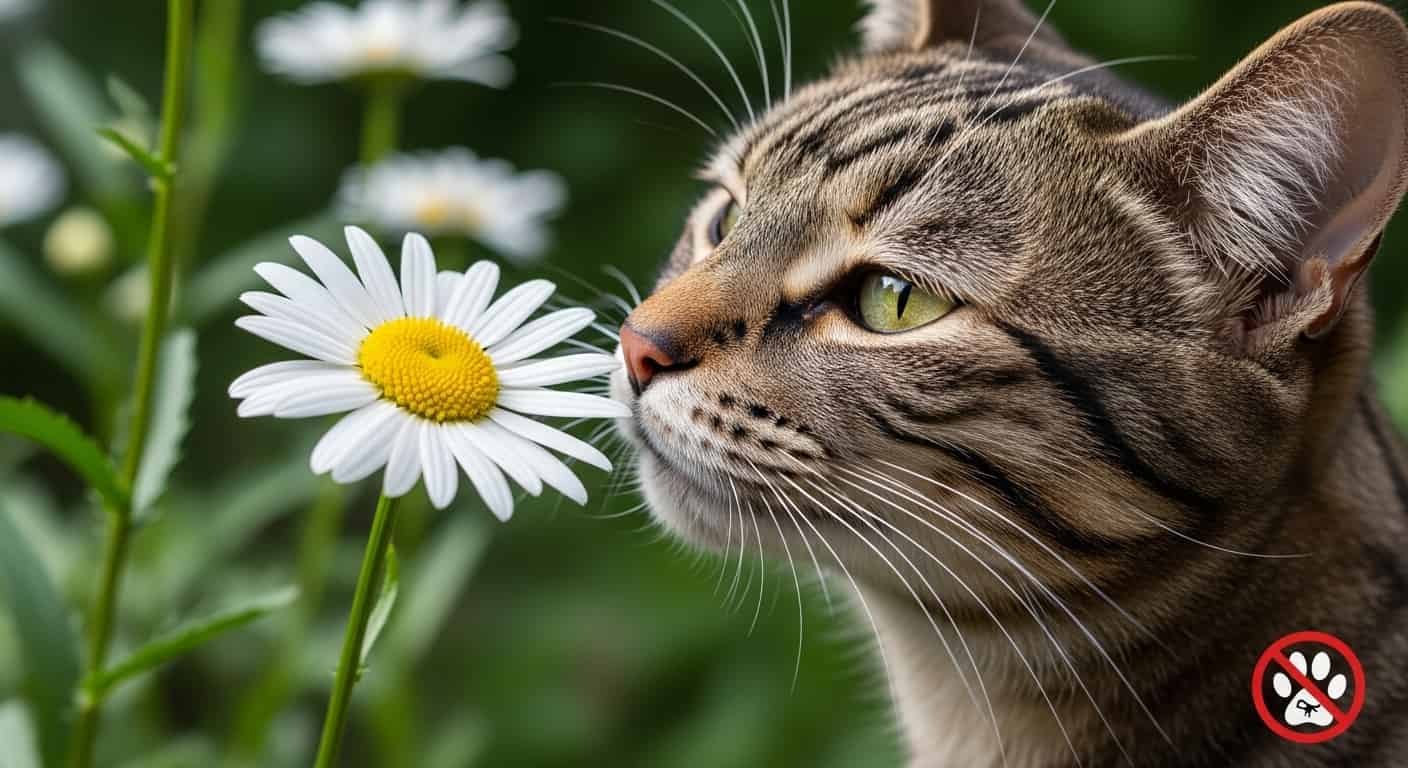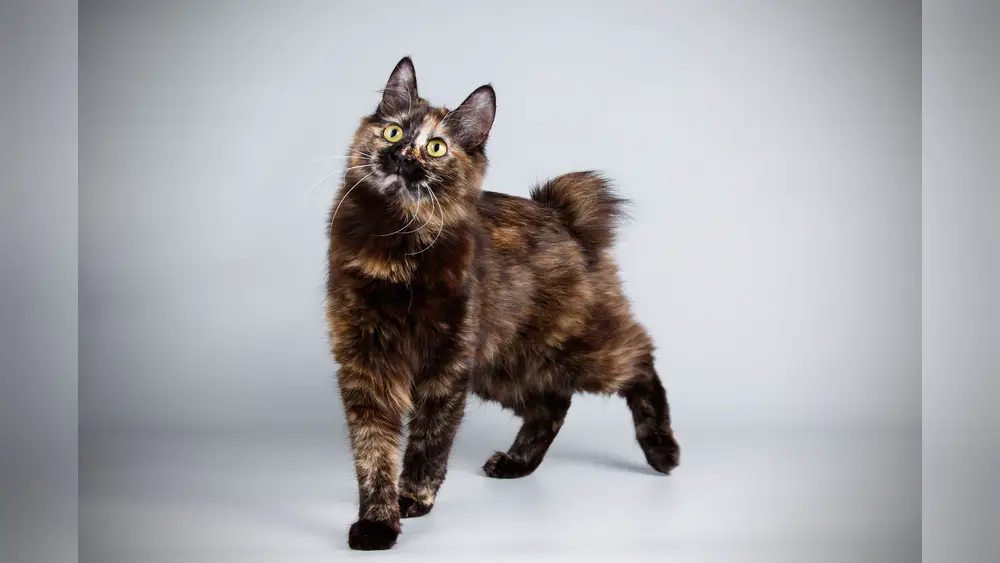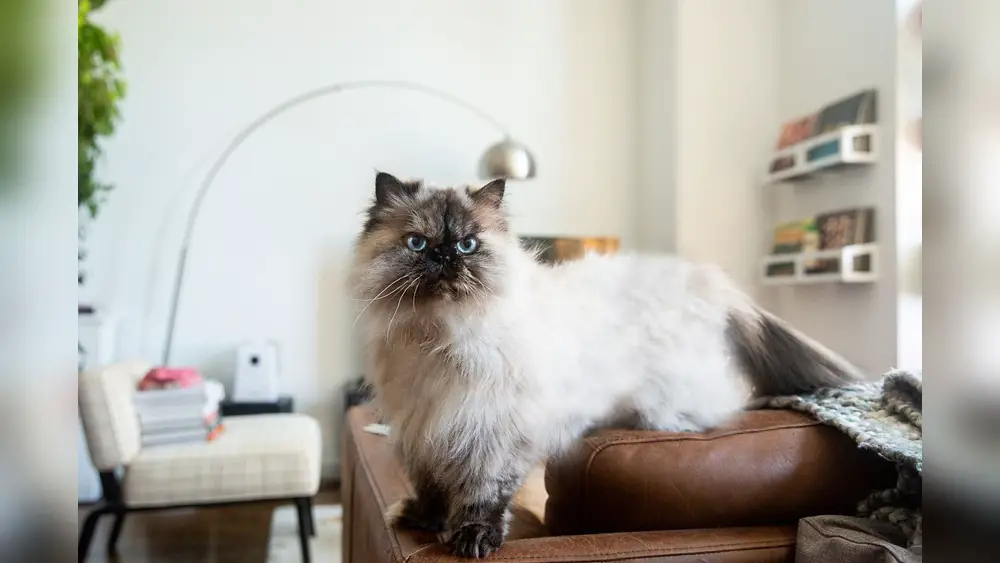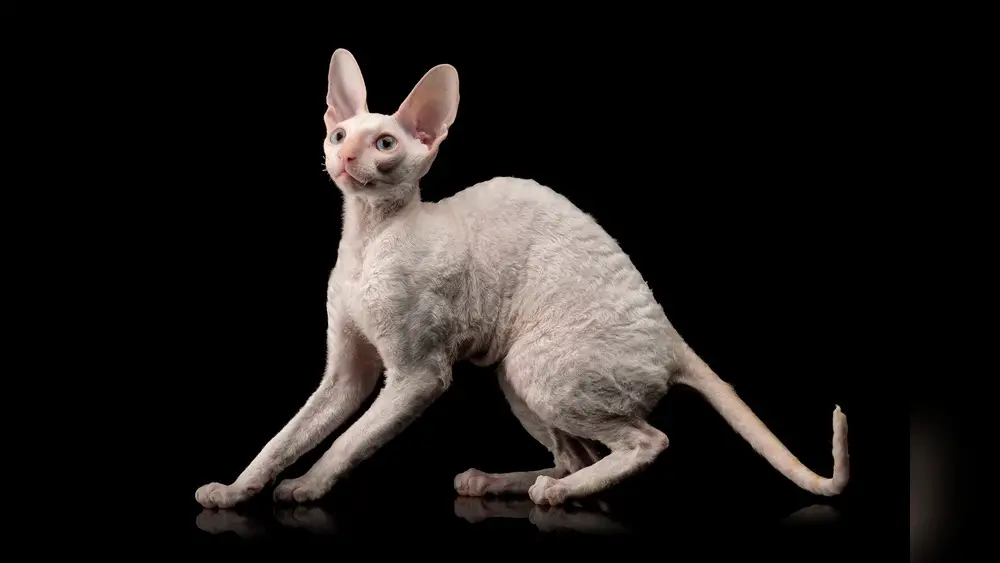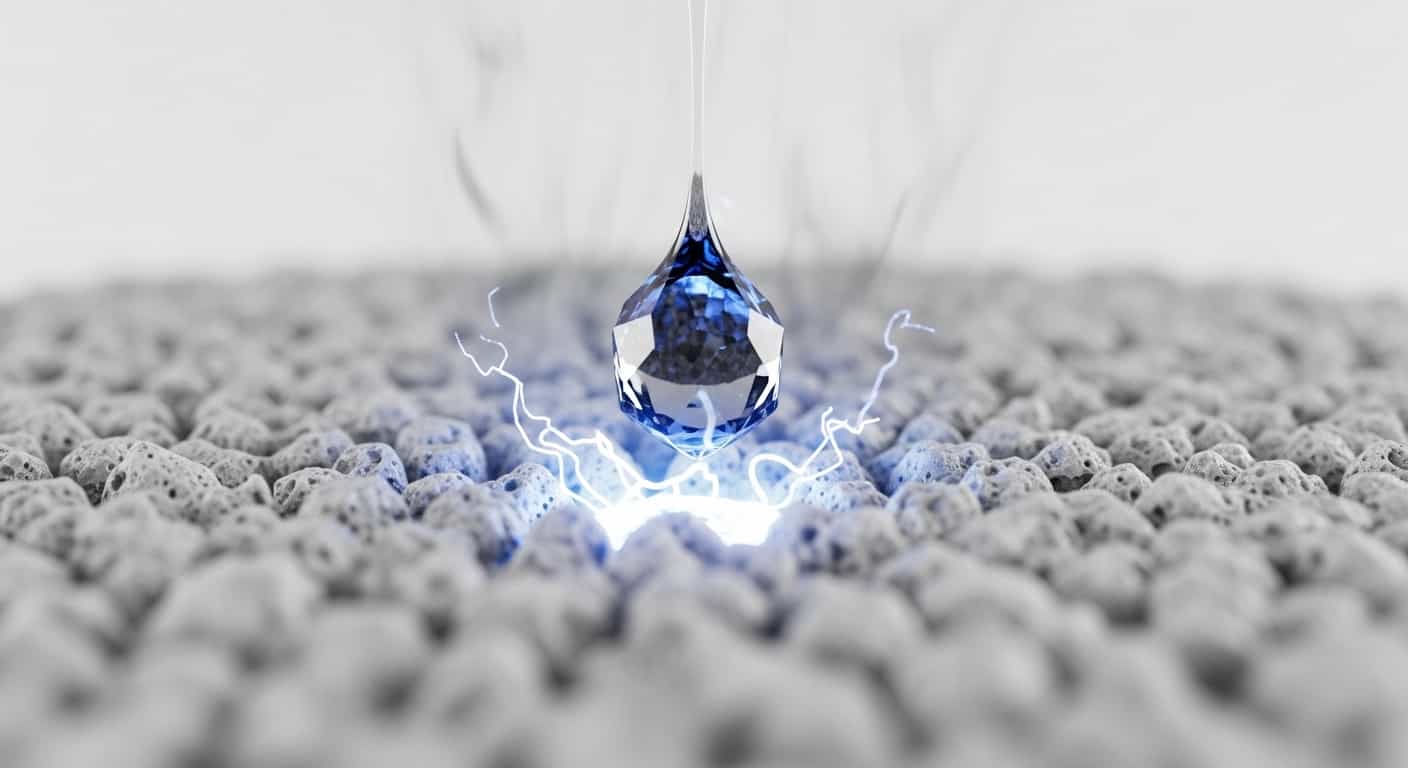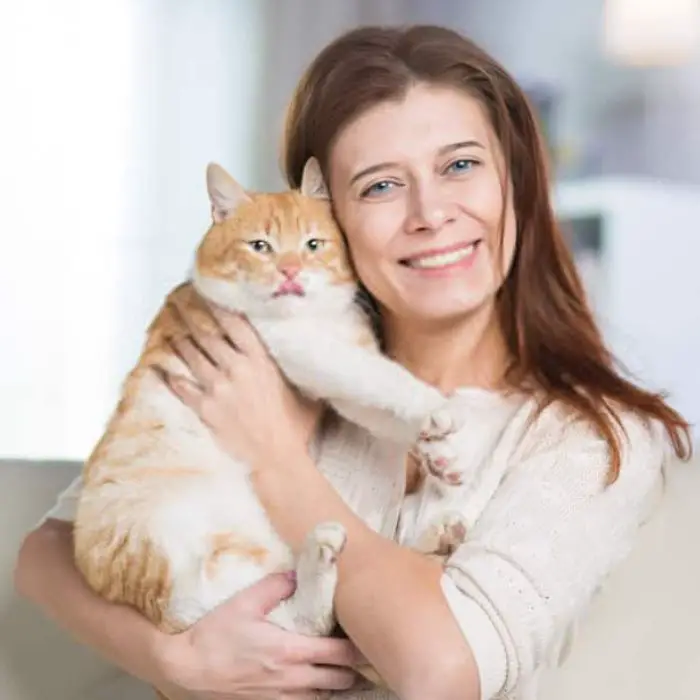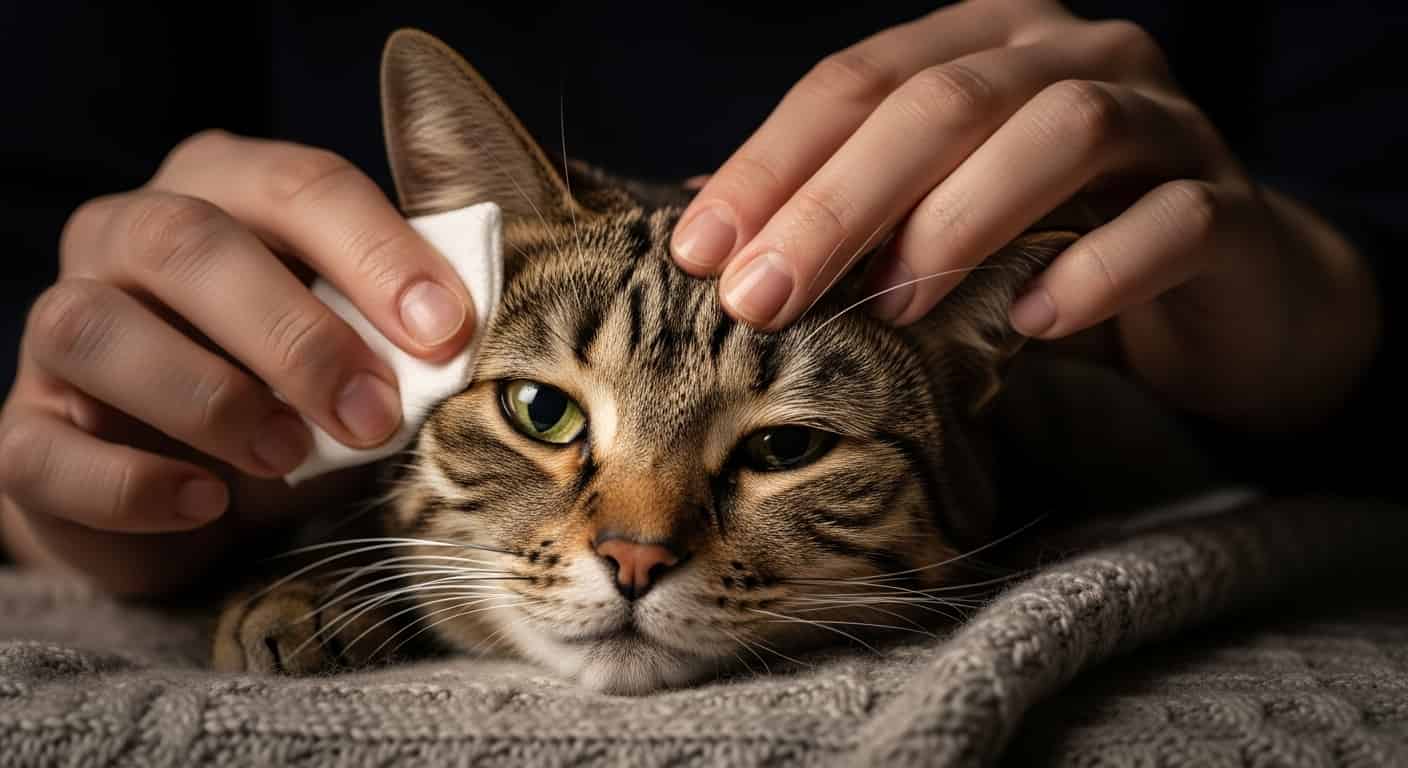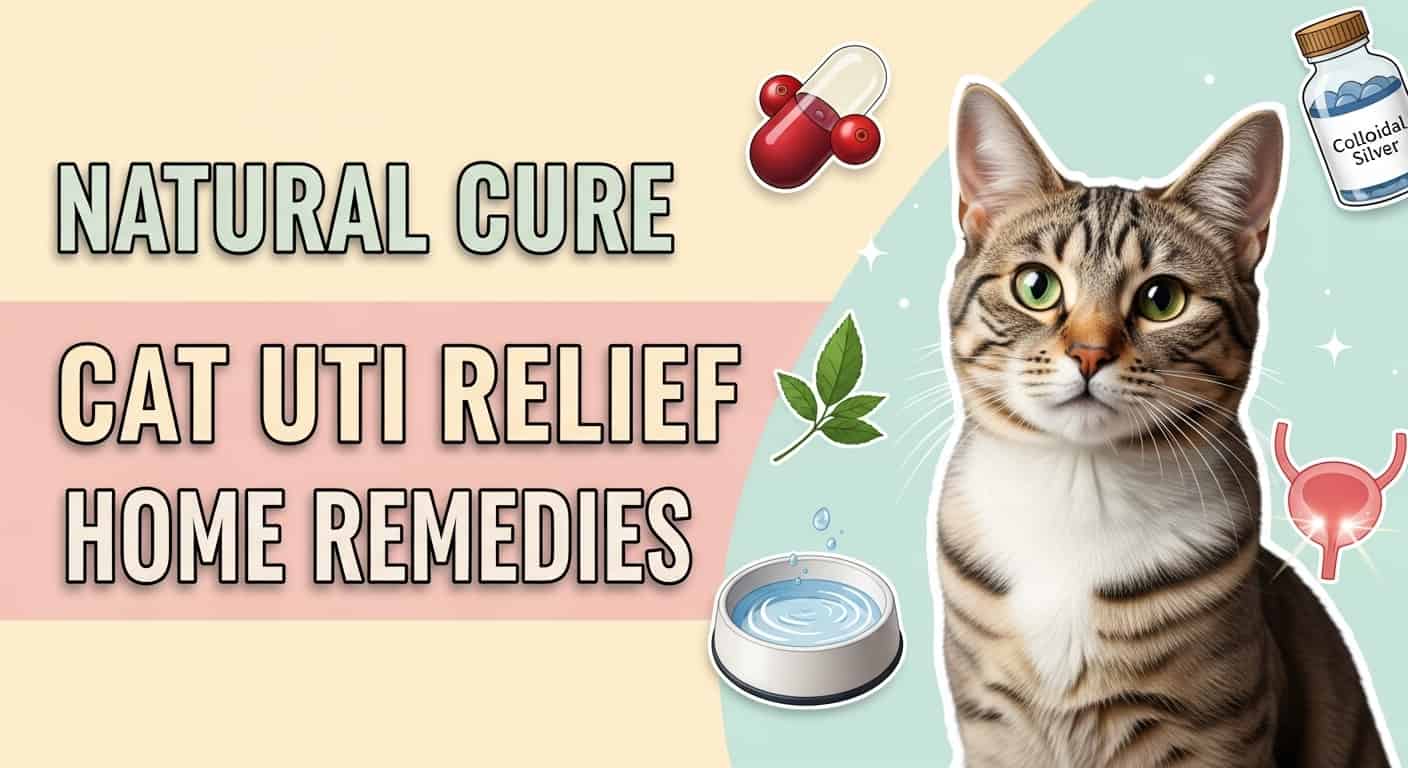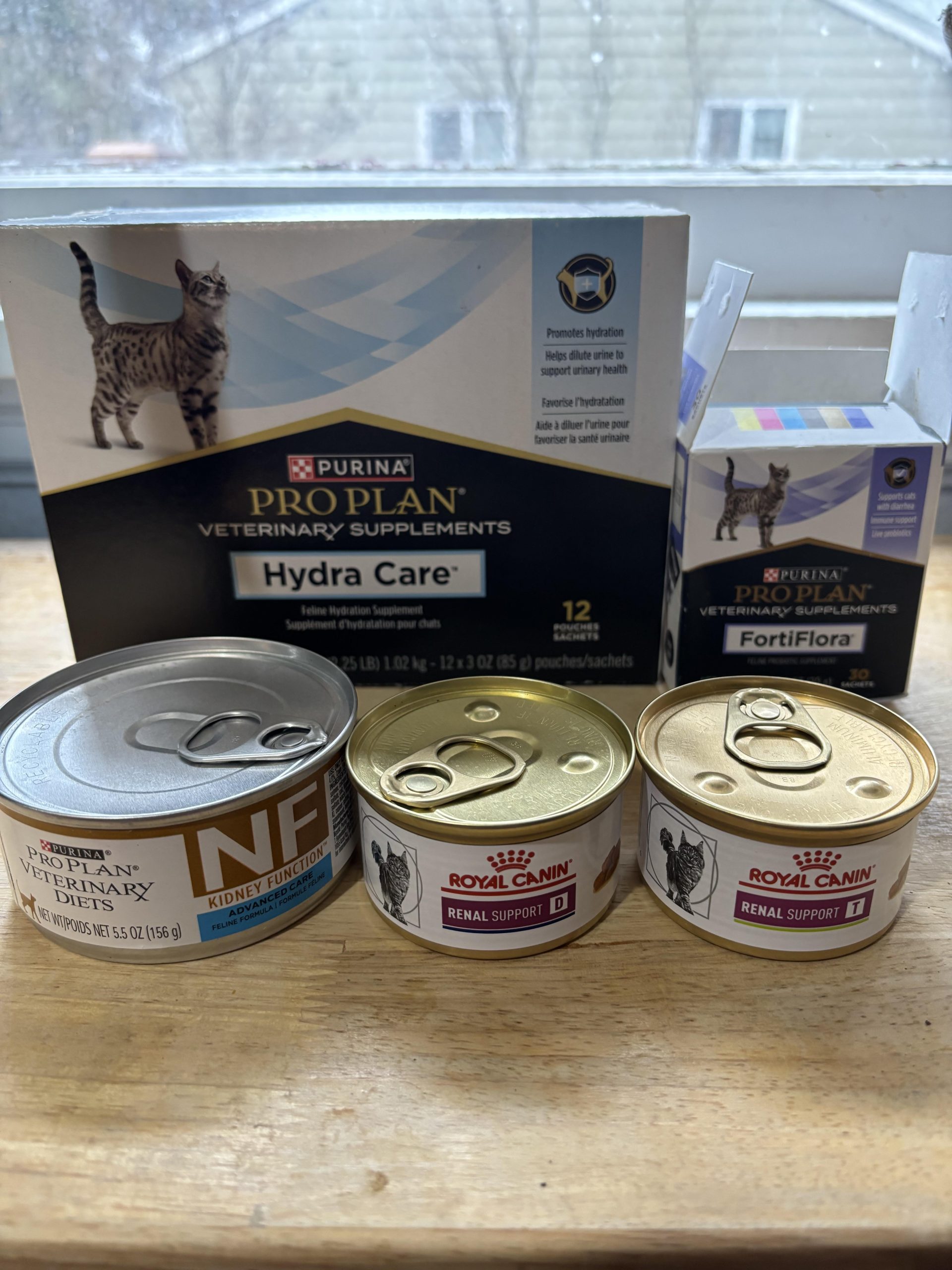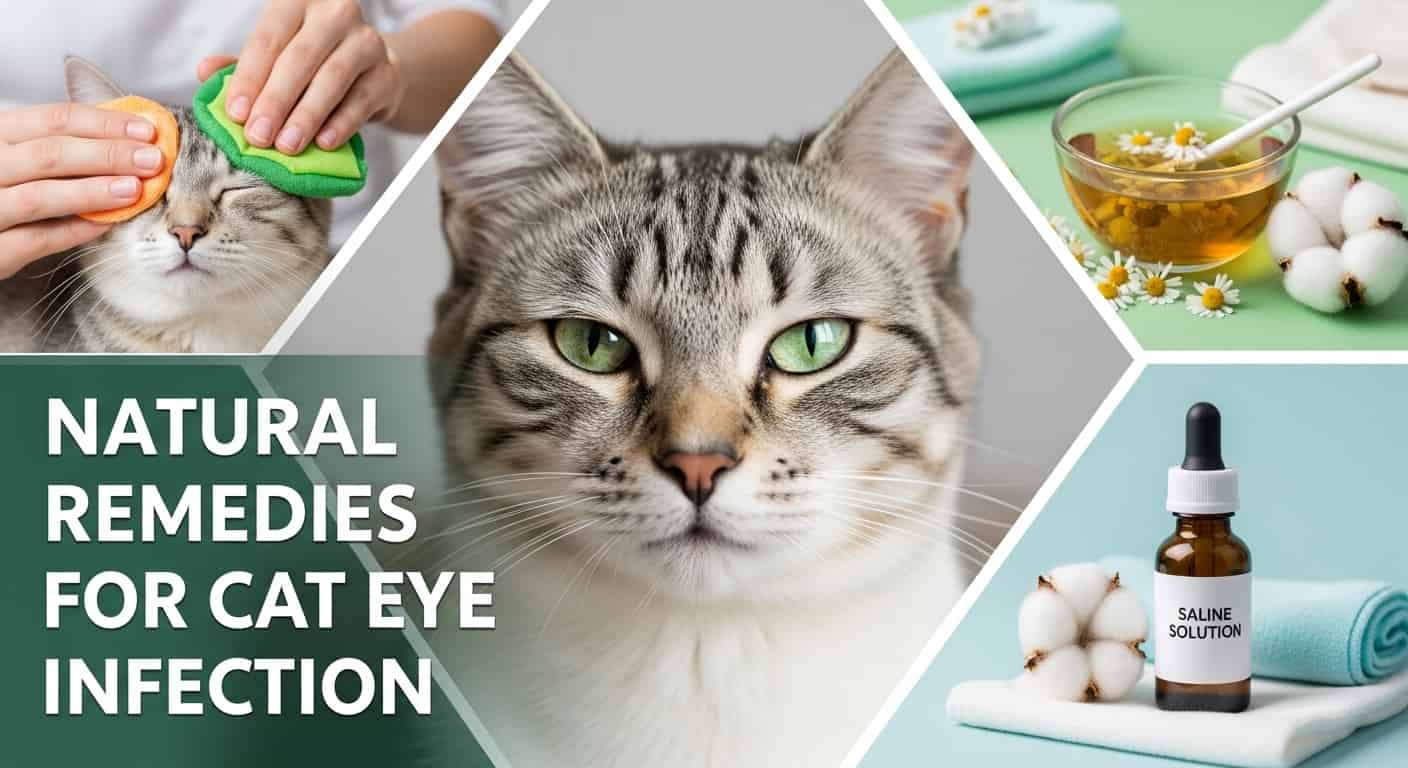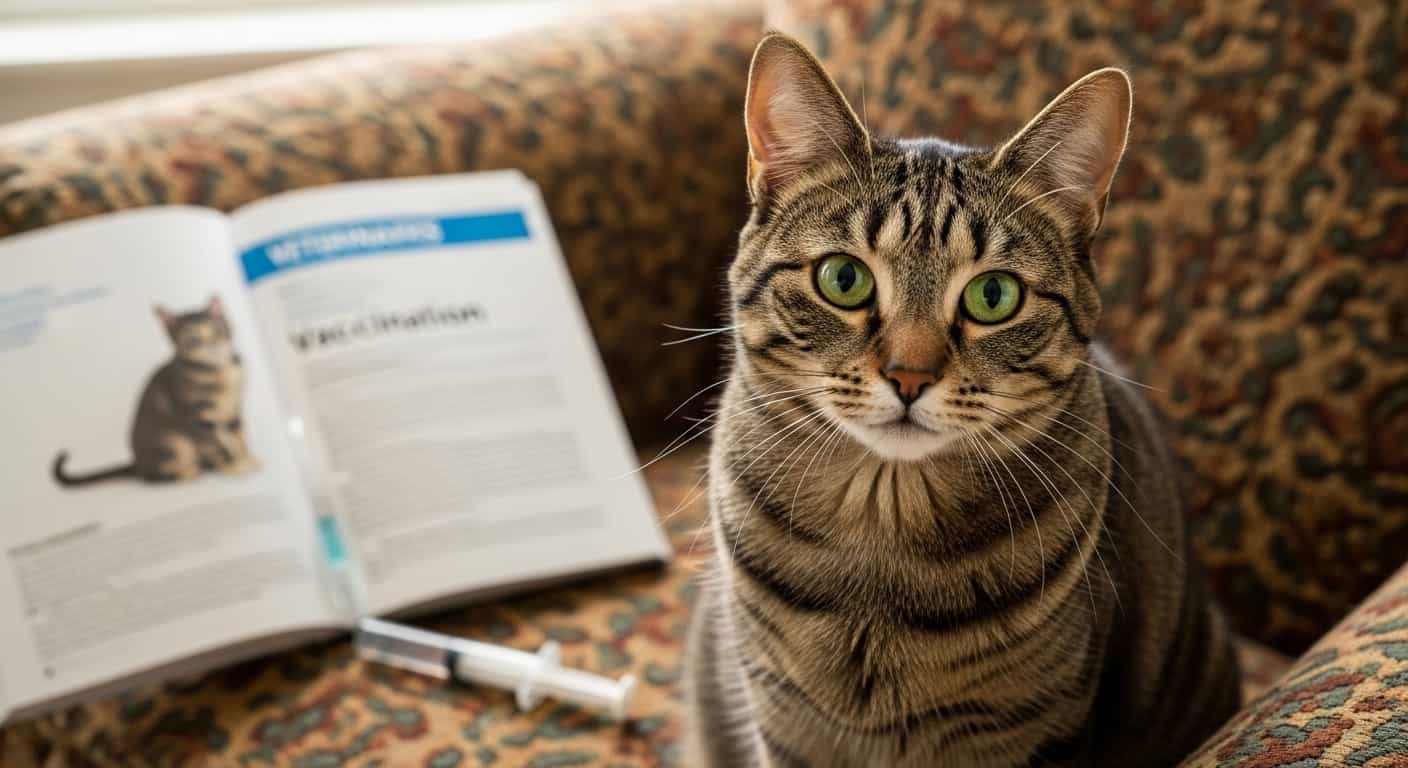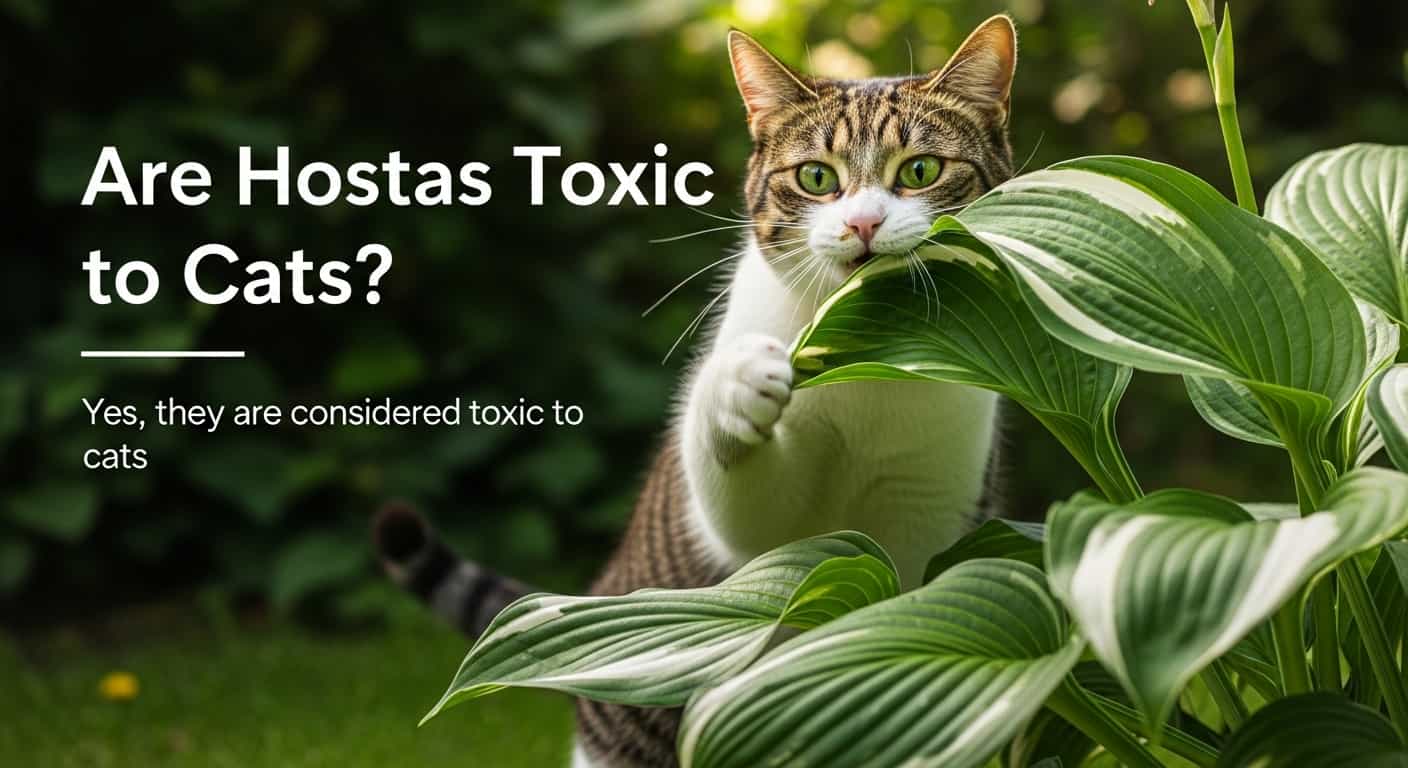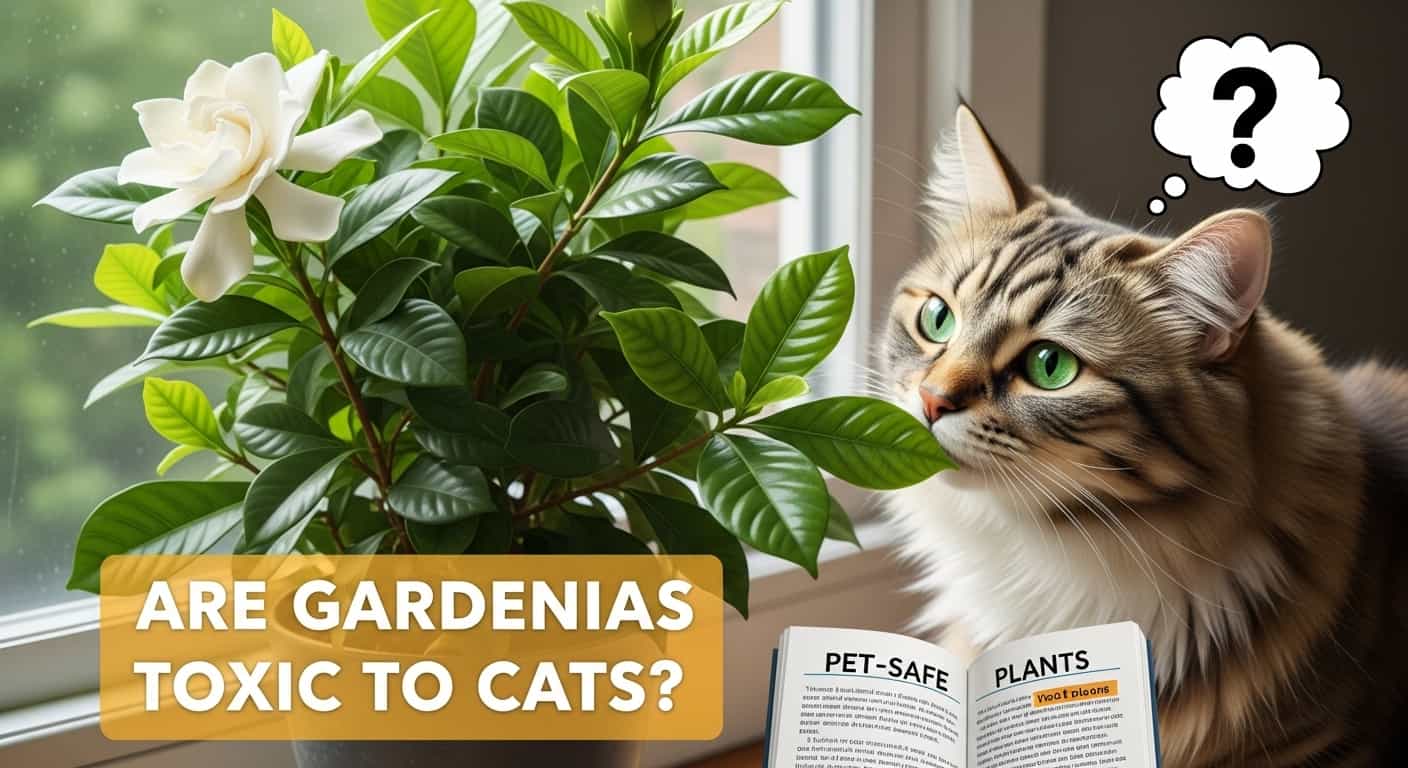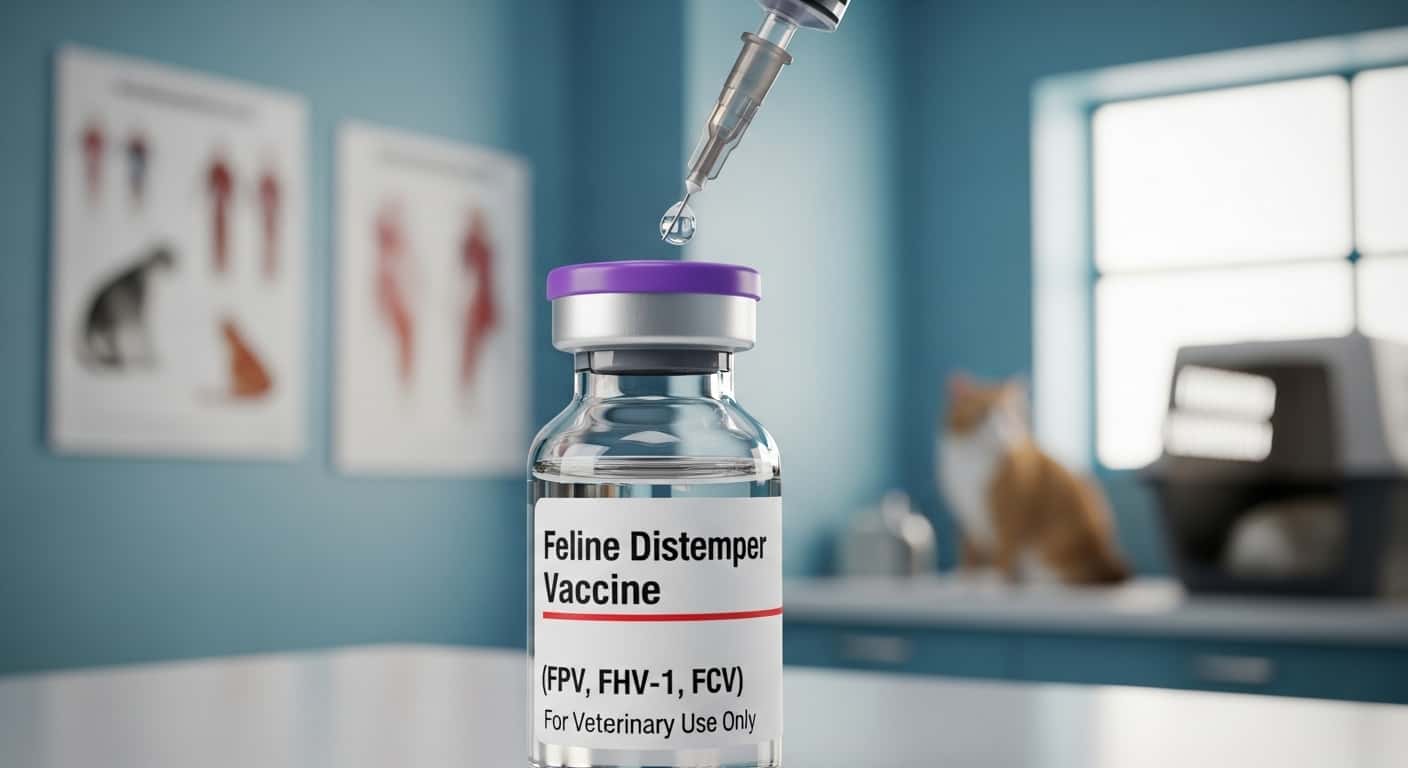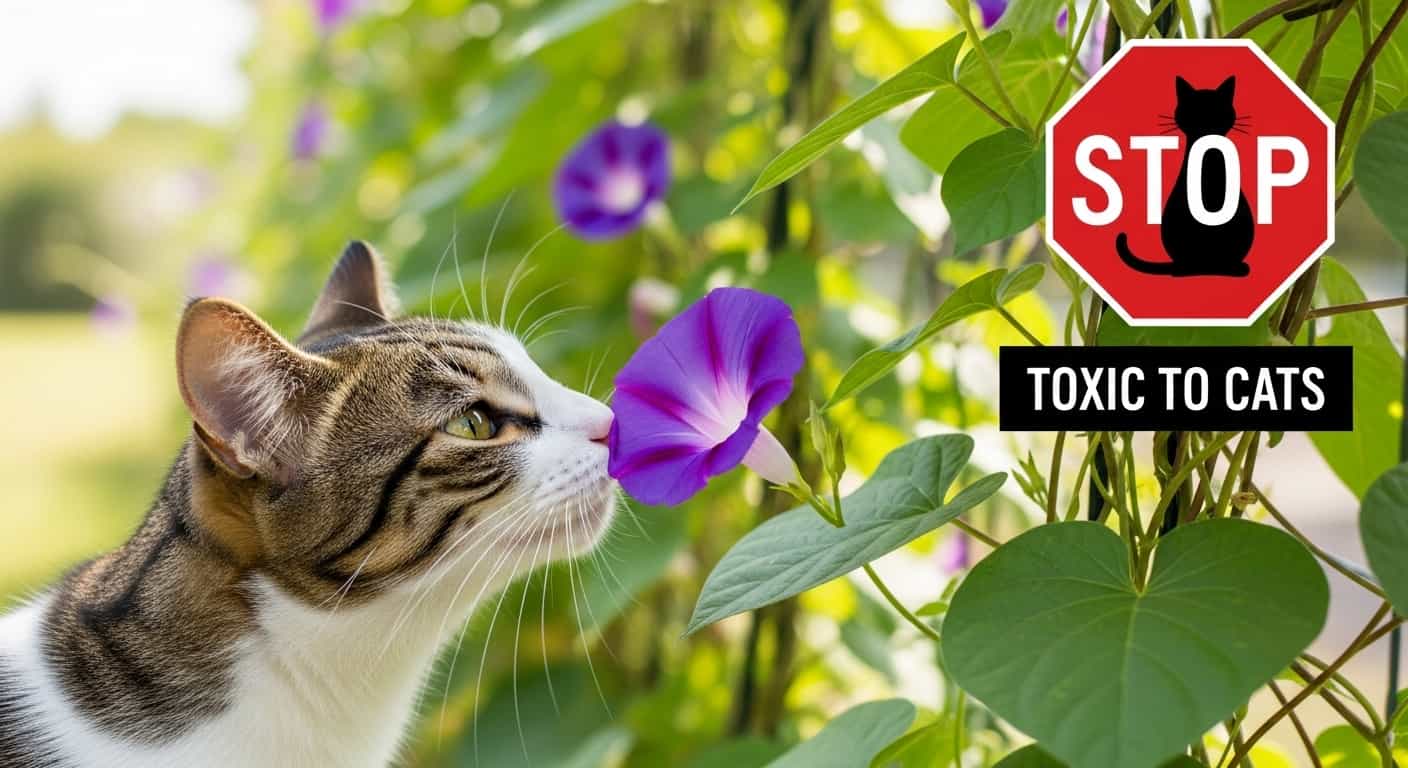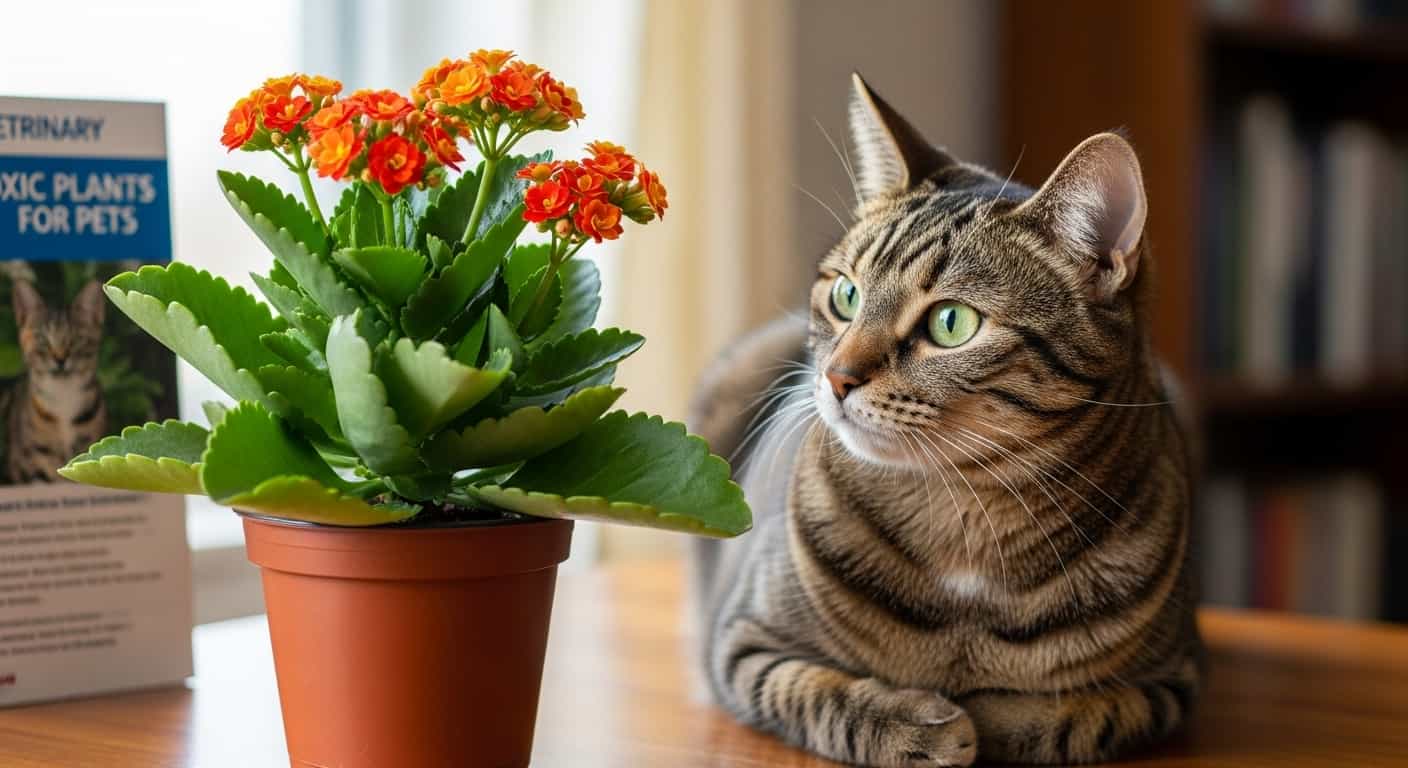Imagine a sunny garden, vibrant with the cheerful faces of Shasta daisies. You might love their bright appeal, but if you have a curious cat at home, you may wonder if these beautiful blooms are safe for your furry friend.
Table of Contents
ToggleYour cat’s health is important, and understanding what plants might pose a threat is crucial. Are Shasta daisies toxic to cats, or can you relax knowing your pet is safe around them? This question could be the difference between a carefree garden and a potential hazard.
Dive into this article and discover what you need to know to keep your beloved pet safe and your garden flourishing.
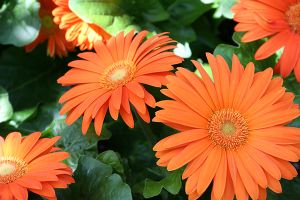
Credit: gntos.org
Shasta Daisies Overview
Shasta daisies are popular in gardens for their bright, cheerful flowers. They have white petals and a sunny yellow center. Originating from a blend of European daisies, they add charm to any landscape. Their easy maintenance makes them a favorite among gardeners. Despite their beauty, knowing if they’re safe for pets is important.
Characteristics Of Shasta Daisies
Shasta daisies grow in clumps, reaching up to three feet tall. Their leaves are dark green and form a nice contrast with the flowers. These daisies bloom in the summer, creating a vibrant display. They thrive in full sun and well-drained soil. Their resilience to various conditions makes them a garden staple.
Habitat And Growth Conditions
Shasta daisies prefer sunny spots with regular watering. They adapt well to different soil types. Good drainage is key for healthy growth. They’re hardy in zones 5 to 9, making them versatile. These daisies can withstand light frost and continue blooming.
Uses In Landscaping
Shasta daisies work well in borders and garden beds. Their bright blooms attract butterflies and bees. They pair beautifully with other perennials. You can plant them alongside lavender or coneflowers for a colorful display. Shasta daisies also make lovely cut flowers for arrangements.
Here's a related post that you might find useful. Cat Swollen Eye Treatment at Home: Easy Remedies for Quick Relief
Potential Risks For Cats
While beautiful, Shasta daisies may pose risks for cats. Some parts might cause discomfort if ingested. It’s vital to monitor your pets around these plants. Knowing the signs of plant-related issues helps ensure pet safety. Always consult a vet if you notice unusual behavior in your cat.
Common Plants And Pet Safety
When it comes to keeping your furry friends safe, understanding which common plants can harm them is crucial. Many households have beautiful plants, but not all are pet-friendly. As a cat owner, you must be aware of which plants can be toxic to your beloved pet, especially if they have a curious nature.
Have you ever caught your cat nibbling on your houseplants? It’s a common scenario in many households. Cats are naturally inquisitive, and their exploration can sometimes lead them to danger. Shasta daisies, often found in gardens and homes, are one such plant that could pose a risk.
Are Shasta Daisies Toxic To Cats?
Shasta daisies are not considered toxic to cats, but that doesn’t mean they are completely safe. While they might not cause severe health issues, they can lead to mild symptoms like vomiting or diarrhea if ingested. Would you want to take that risk?
How To Ensure Your Home Is Safe For Your Pets
Consider creating a pet-friendly garden by choosing non-toxic plants. Research plants thoroughly before adding them to your home. You can also place potentially harmful plants out of reach to prevent accidents.
Have you thought about using deterrents? Some sprays can discourage cats from chewing on plants. This simple change can make a big difference in ensuring your pet’s safety.
Tips For Monitoring Your Cat’s Health
Keep an eye on your cat’s behavior. Unusual symptoms like lethargy or changes in appetite can indicate they’ve ingested something harmful. Would you know what signs to look for?
Regular vet check-ups are essential. A professional can offer advice specific to your cat’s needs and help you ensure their environment is safe.
Here's a related post that you might find useful. Natural Cure for Cat Bladder Infection: Effective Remedies That Work
Creating A Safe Environment For Your Pets
Think of your home from a cat’s perspective. Are there areas where they might encounter toxic plants? Rearrange furniture to limit access to dangerous spots.
Consider sharing your experiences with other pet owners. You might learn from their insights or help them avoid similar situations. How have you managed to keep your pets safe around plants?
Keeping your pets safe is a continuous effort. By staying informed and proactive, you can create a happy and secure environment for your furry friends.
Toxicity Levels In Shasta Daisies
Shasta daisies are a popular garden choice with their bright, cheerful blooms. However, as a cat owner, you may wonder if these lovely flowers could pose a danger to your feline friend. Understanding the toxicity levels in Shasta daisies is crucial for ensuring your pet’s safety. Let’s delve into what you need to know about these plants and their effects on cats.
Shasta daisies are generally considered non-toxic to cats. Unlike many other garden plants, they don’t contain harmful substances that pose immediate threats to your furry companions. You can breathe a sigh of relief knowing that these daisies won’t cause severe health issues.
However, it’s essential to note that ingesting large amounts of any plant can lead to digestive discomfort. Cats naturally explore their surroundings and may nibble on leaves or flowers out of curiosity. While Shasta daisies aren’t toxic, eating too many can still cause minor stomach upset.
If you notice your cat showing signs of discomfort, such as vomiting or diarrhea, it might be worth checking if they’ve been munching on garden plants. A quick visit to the vet can help determine the cause and provide peace of mind.
Precautions To Consider
Even though Shasta daisies are safe, having a diverse garden means you could have other plants that aren’t. It’s wise to familiarize yourself with all the plants in your yard. Do you know which ones are safe for your pets?
Consider creating a designated area for your cat to play that’s free from any plants. This can prevent accidental ingestion and provide a secure space for them to roam.
Regularly inspect your garden and remove any plants that you suspect might be harmful. It’s better to be safe than sorry when it comes to your pet’s health.
Personal Experience: Learning From Mistakes
Once, I planted a variety of flowers without checking their safety for my cats. It was a stressful experience worrying about their health. Since then, I’ve made it a habit to research each plant before adding it to my garden. It’s a small effort that ensures a safe environment for my pets.
Have you had a similar experience with garden plants and pets? It’s a reminder that being proactive can prevent unnecessary worries and keep your furry friends safe.
Ultimately, knowing the toxicity levels of Shasta daisies provides peace of mind. You can enjoy their beauty without the constant concern about your cat’s health. Happy gardening!
Symptoms Of Plant Poisoning In Cats
Cats may show signs of plant poisoning like vomiting, drooling, or lethargy. Shasta daisies can cause these symptoms. Keep your feline away from these flowers to ensure their safety. Always consult a vet if poisoning is suspected.
Understanding the symptoms of plant poisoning in cats can be crucial for any cat owner. Cats are curious creatures, often exploring their surroundings with both their paws and mouths. This curiosity can sometimes lead them into trouble, especially if they encounter toxic plants like Shasta daisies. Recognizing the signs early can help prevent serious health issues for your furry friend.
Signs To Watch For
Be on the lookout for any sudden changes in your cat’s health. Common symptoms of plant poisoning include vomiting, diarrhea, and excessive drooling. You might also notice that your cat is more lethargic than usual or refuses to eat. Cats may also experience difficulty breathing or develop skin irritations if they come into contact with a toxic plant.
Behavioral Changes
A change in behavior can be a significant indicator of plant poisoning. Your usually playful cat may become withdrawn or show signs of distress. Some cats become more aggressive or agitated, while others may hide more often. Observe your cat’s behavior closely, as these changes can provide vital clues about their health. As a cat owner, I once noticed my cat acting oddly after a day in the garden. He was drooling excessively and seemed disinterested in his favorite toy. A quick visit to the vet confirmed mild plant poisoning. If I hadn’t paid attention to his symptoms, it could have been much worse. Are you aware of what plants are in your home and garden? Identifying them can prevent potential health scares. Always research any new plant before bringing it home. Keep in mind that what’s beautiful to you might be hazardous to your pet. Your vigilance can make all the difference in ensuring your cat’s safety.
Emergency Steps For Cat Owners
Discovering your cat has nibbled on Shasta daisies can be alarming. These flowers may pose a risk to your furry friend. Knowing emergency steps can ease your worries and help your cat stay safe. Quick actions and timely decisions are crucial in these situations. This guide provides essential steps to handle such emergencies effectively.
Immediate Actions
First, remove your cat from the area with the daisies. Ensure no more ingestion occurs. Check your cat for signs of discomfort or unusual behavior. Vomiting, drooling, or lethargy can indicate a problem. Rinse your cat’s mouth with water gently. Avoid inducing vomiting unless advised by a professional.
When To Contact A Vet
Call your vet if symptoms persist or worsen. Early intervention can prevent complications. Describe what and how much your cat ingested. Bring a sample of the plant to your vet. This helps in diagnosing and treating the issue accurately. Always keep emergency contact details handy. A rapid response can make a significant difference.

Credit: www.reddit.com
Alternatives To Shasta Daisies
Cats and Shasta Daisies don’t mix well, as these flowers can be toxic to felines. Consider safe alternatives like Marigolds, Zinnias, or Petunias to keep your garden cat-friendly and vibrant.
If you’re a cat owner who loves having plants around the house, you might be concerned about the safety of Shasta daisies. While these beautiful flowers brighten up any room, they can be harmful to your feline friends. Thankfully, there are plenty of alternative plants that are both safe for cats and lovely to look at. Let’s explore some cat-friendly plants and how you can create a safer environment for your beloved pets.
Cat-friendly Plants
Choosing the right plants can make a huge difference in your home. Spider plants are a fantastic option. They have long, arching leaves that are non-toxic and add a touch of elegance to any space. Your cat might even enjoy playing with them. Boston ferns are another great choice. They not only look lush and green but also help purify the air. Cats generally leave them alone, making them a safe addition to your home. Consider growing cat grass. It’s easy to maintain and offers a safe snack for your cat. Plus, it’s a great way to satisfy their urge to nibble on greenery without causing harm.
Creating A Safe Environment
Creating a safe environment for your cat means thinking beyond just the plants you choose. Position your plants in places that are difficult for your cat to reach. Hang them in baskets or place them on high shelves. Regularly check your plants for signs of nibbling. If you notice bite marks, it might be time to rearrange your greenery. Encourage your cat to use designated scratching posts and toys. This can divert their attention from your plants, making your home safer for both your pets and your plants. Have you ever thought about using citrus sprays? Cats typically dislike the smell of citrus. Spraying a bit around the plants can keep them at bay without harming them. By making these simple adjustments, you can enjoy the beauty of indoor plants while ensuring your cat’s safety. Is your home a haven for both plants and pets? With these tips, it can be.
Expert Opinions On Pet Safety
Understanding what plants are safe for pets can be challenging. Many cat owners worry about the plants in their homes. Are Shasta daisies toxic to cats? Experts have weighed in on this topic. Their insights can help you keep your furry friends safe.
Veterinarian Insights
Veterinarians often see pets with plant-related issues. They say Shasta daisies are generally not toxic to cats. Yet, any plant can cause discomfort if ingested in large amounts. It’s best to monitor your cat’s behavior around new plants.
Animal Behaviorists’ Viewpoints
Animal behaviorists study how pets interact with their environment. They suggest observing your cat around plants. Curiosity could lead a cat to nibble on leaves. This behavior is usually harmless with Shasta daisies.
Pet Safety Organizations’ Recommendations
Pet safety organizations provide guidelines for pet-friendly homes. They recommend avoiding plants that cause harm. Shasta daisies are safe but always watch your pet. It’s better to prevent than to treat a problem.
Horticulturists’ Advice
Horticulturists offer advice on maintaining healthy plants and pets. They confirm Shasta daisies are not harmful to cats. They advise keeping plants out of reach to avoid ingestion. Safe practices ensure both your plants and pets thrive.
Experienced Cat Owners’ Tips
Experienced cat owners share their stories. Many have Shasta daisies and report no issues. They suggest teaching cats to leave plants alone. It’s a useful skill for any pet owner. Safety for pets often comes down to awareness and prevention.
Preventive Measures
Shasta Daisies are not toxic to cats, but caution is wise. Curious cats might nibble on plants. Ensure your feline friend stays safe by keeping these flowers out of reach.
When you have cats roaming freely both indoors and outdoors, it’s crucial to ensure their safety from potentially harmful plants like Shasta Daisies. While these charming flowers can brighten up your garden, they might pose a risk to your feline friends. By implementing preventive measures, you can create a safer environment for your pets. Let’s dive into some practical strategies to protect your beloved cats.
Pet-proofing Your Garden
Start by assessing your garden layout. Identify areas where your cat might explore and come into contact with Shasta Daisies. Consider creating dedicated play zones for your cats, away from these plants. You can use fencing or netting to create boundaries. Remove or relocate Shasta Daisies to areas less accessible to your pets. If removing is not an option, consider planting them in raised beds or hanging pots. Keep in mind that cats are curious creatures. They might find ways to access restricted areas, so regular checks are essential. If you have personal experience with gardening, think about how you managed to pet-proof your garden effectively. Perhaps you found creative ways to deter your cat from certain spots.
Educating Family Members
Make sure everyone in your household is aware of the potential risks associated with Shasta Daisies. Share information about toxic plants with family members. This helps them understand the importance of keeping an eye on your pets. Encourage them to be vigilant, especially when your cat is outdoors. Remind them that even a brief encounter with toxic plants can be harmful. Consider organizing a family meeting or a fun activity where you can discuss pet safety. Use this opportunity to teach children about the responsibility of caring for pets. How do you ensure your family is well-informed about pet safety? Sharing insights can foster a collaborative environment in your home.
Taking preventive measures is not just about safeguarding your cats from Shasta Daisies. It’s about creating a harmonious space where your pets can thrive without unnecessary risks. By pet-proofing your garden and educating family members, you can enjoy your lovely daisies while ensuring your cat’s safety.
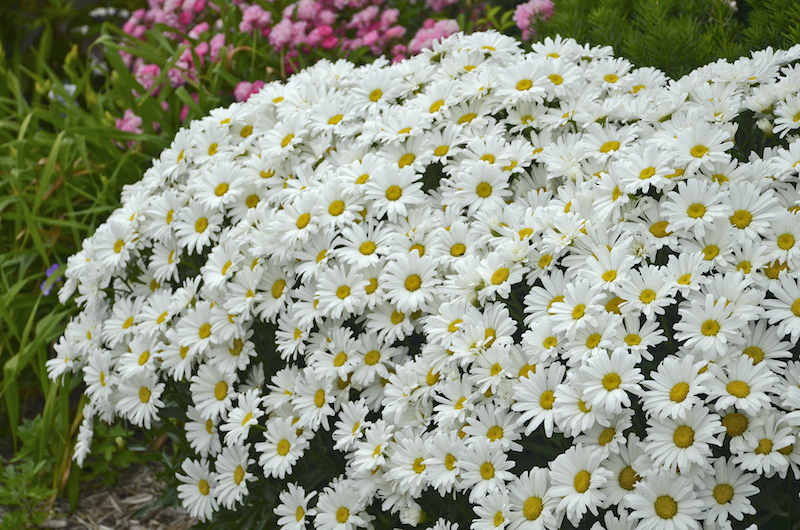
Credit: plantaddicts.com
Frequently Asked Questions
Are Shasta Daisies Harmful To Cats?
Shasta daisies are generally considered non-toxic to cats. However, ingestion can cause mild digestive upset. If your cat shows symptoms like vomiting or diarrhea, consult your veterinarian. It’s always best to monitor your pets around any plants, even those deemed safe.
What Symptoms Do Cats Show If They Eat Daisies?
If a cat eats Shasta daisies, it might experience mild symptoms. These can include vomiting, diarrhea, or drooling. Most cases are not severe, but it’s essential to monitor your cat. Contact your vet if symptoms persist or worsen.
How Can I Protect My Cat From Garden Plants?
To protect your cat, keep toxic plants out of reach. Use barriers or deterrents around garden areas. Consider planting cat-safe herbs like catnip. Regularly check your garden for any potential hazards and educate yourself on pet-safe plants.
Are There Any Safe Flowers For Cats?
Yes, there are several safe flowers for cats. These include roses, sunflowers, and snapdragons. Always verify the safety of any plant before introducing it to your home. Keeping a list of non-toxic plants can help ensure your cat’s safety.
Conclusion
Shasta daisies aren’t safe for cats to eat. These pretty flowers can cause harm. Cats may experience vomiting or skin irritation. Always keep a close watch on your pets. Ensure they don’t have access to these plants. A pet-friendly home is a happy home.
Stay informed and make smart choices for your pets. Consult your vet if you suspect ingestion. Protect your furry friends by choosing safe plants. Your cats depend on you for their safety. Keep them away from potential hazards. With care, you can ensure their well-being.

